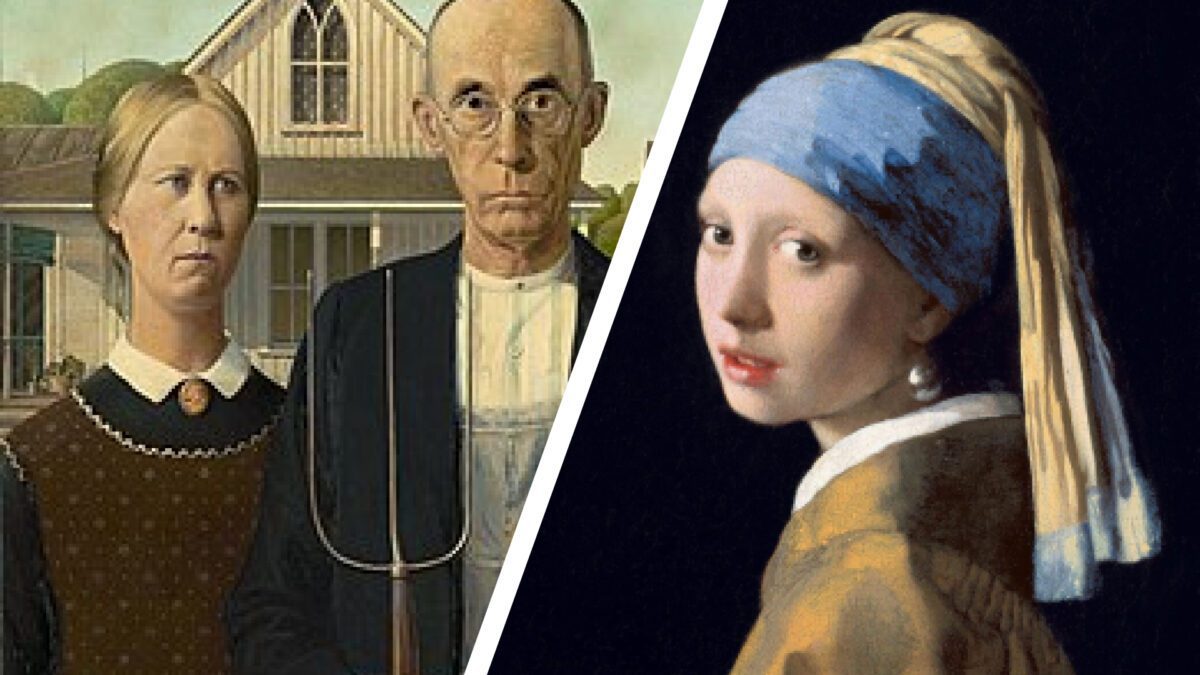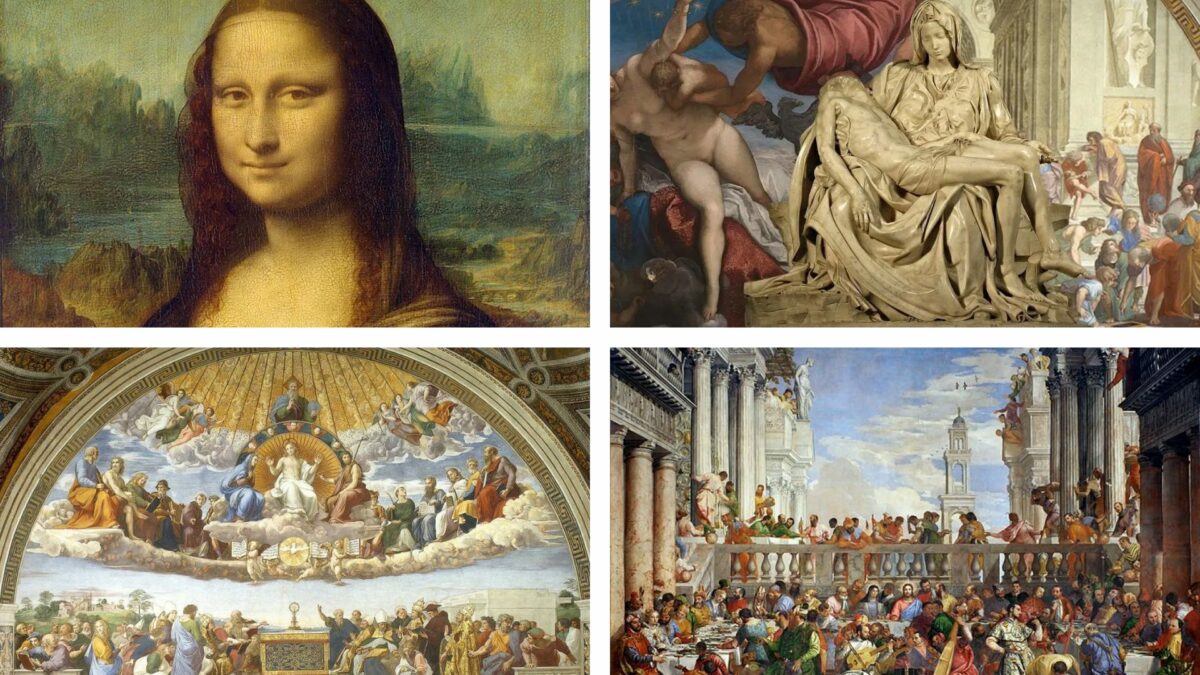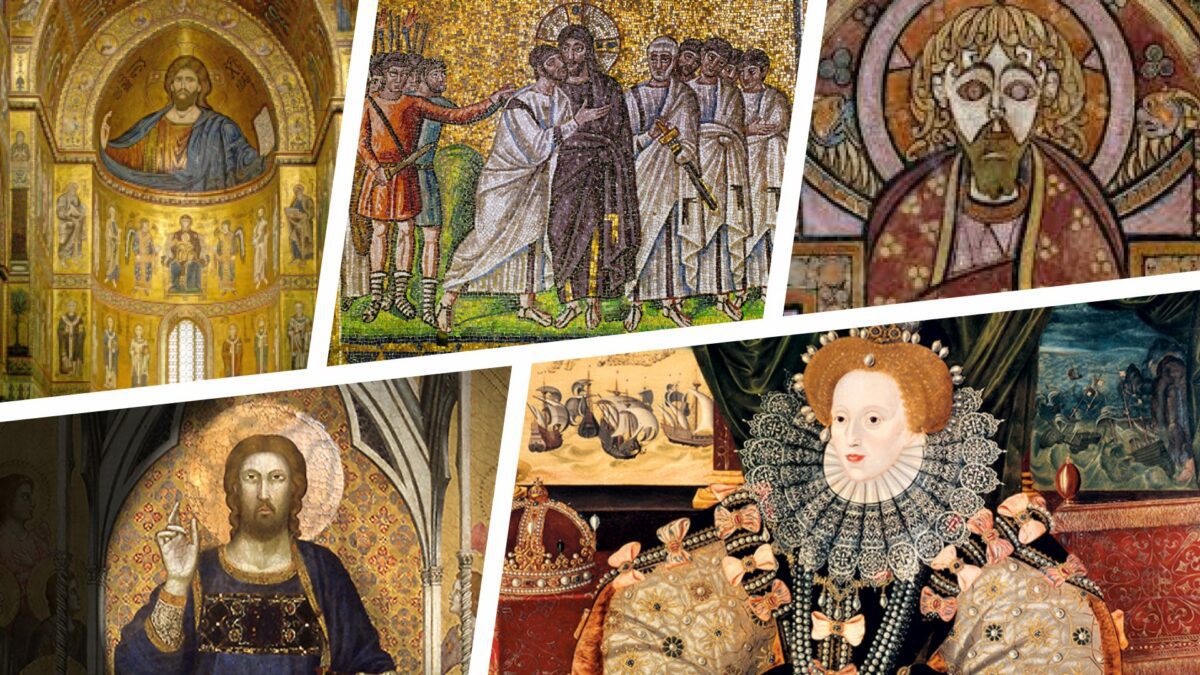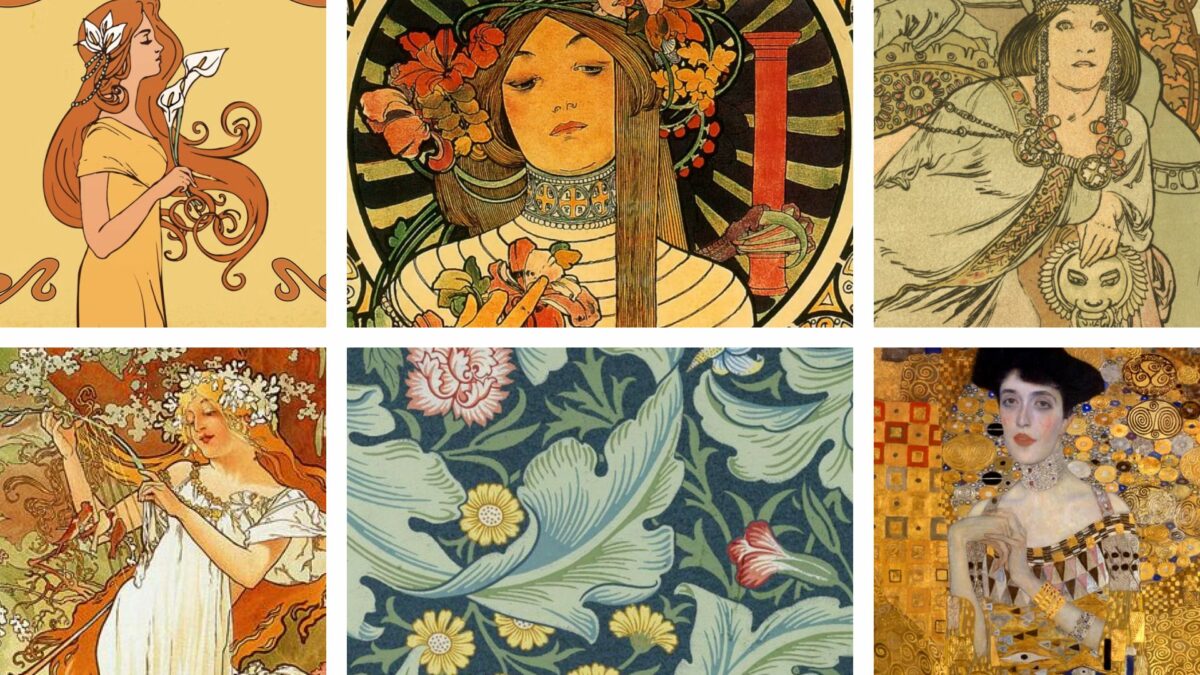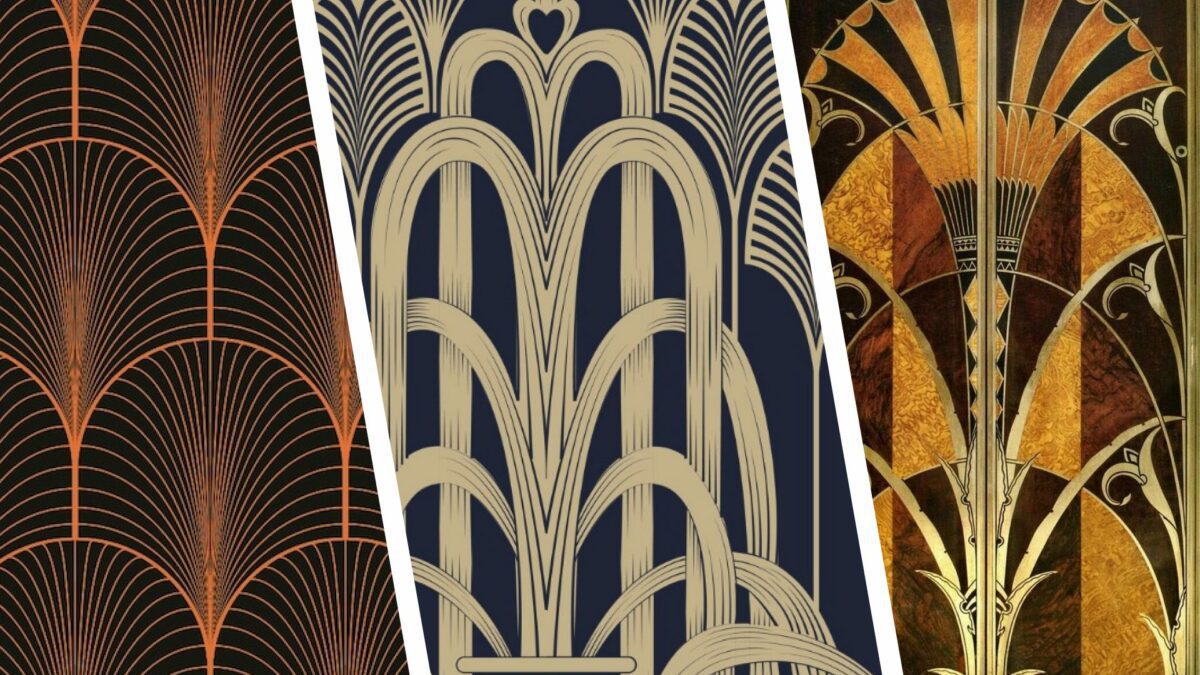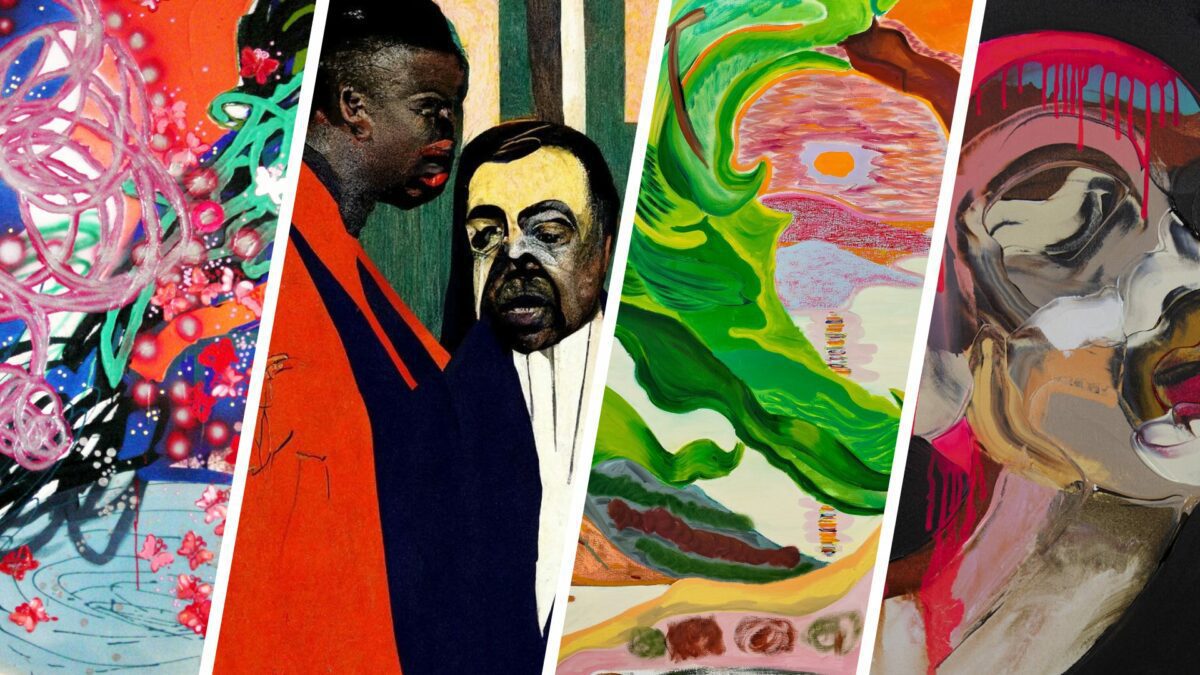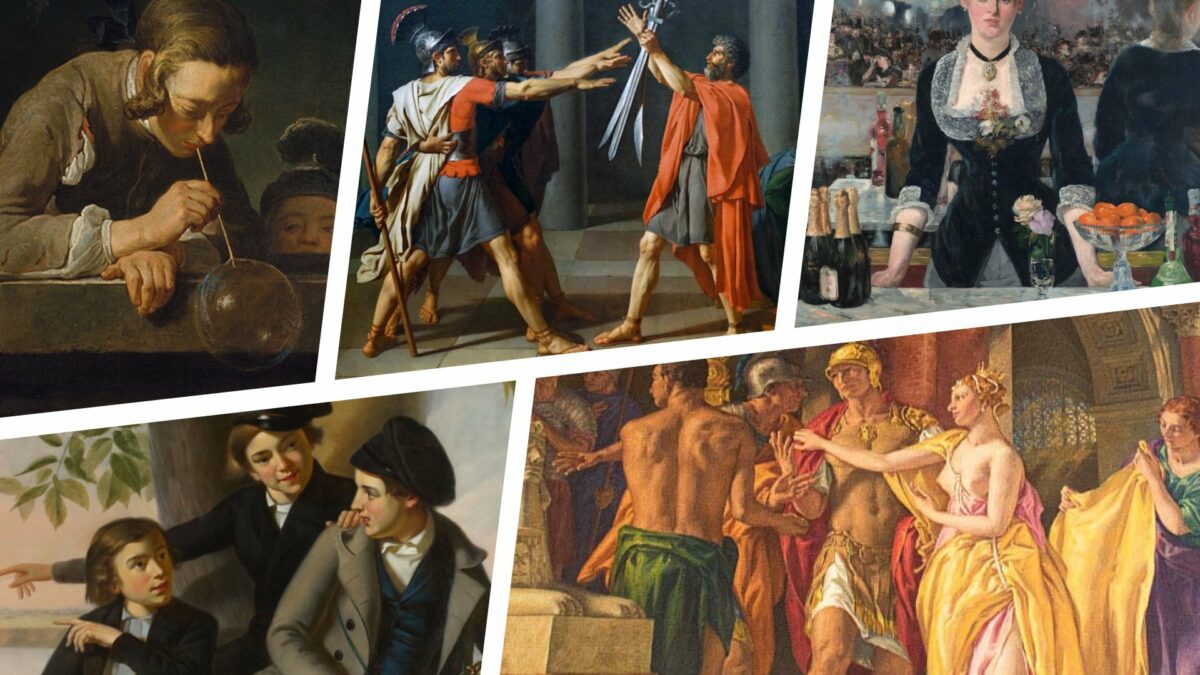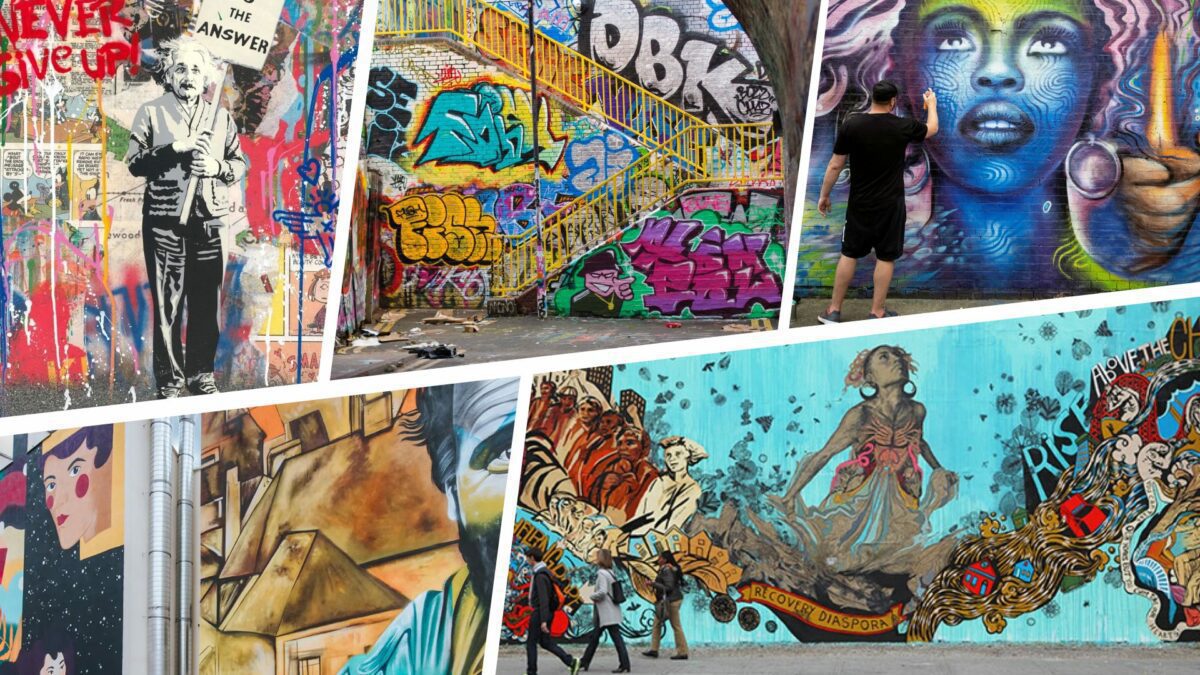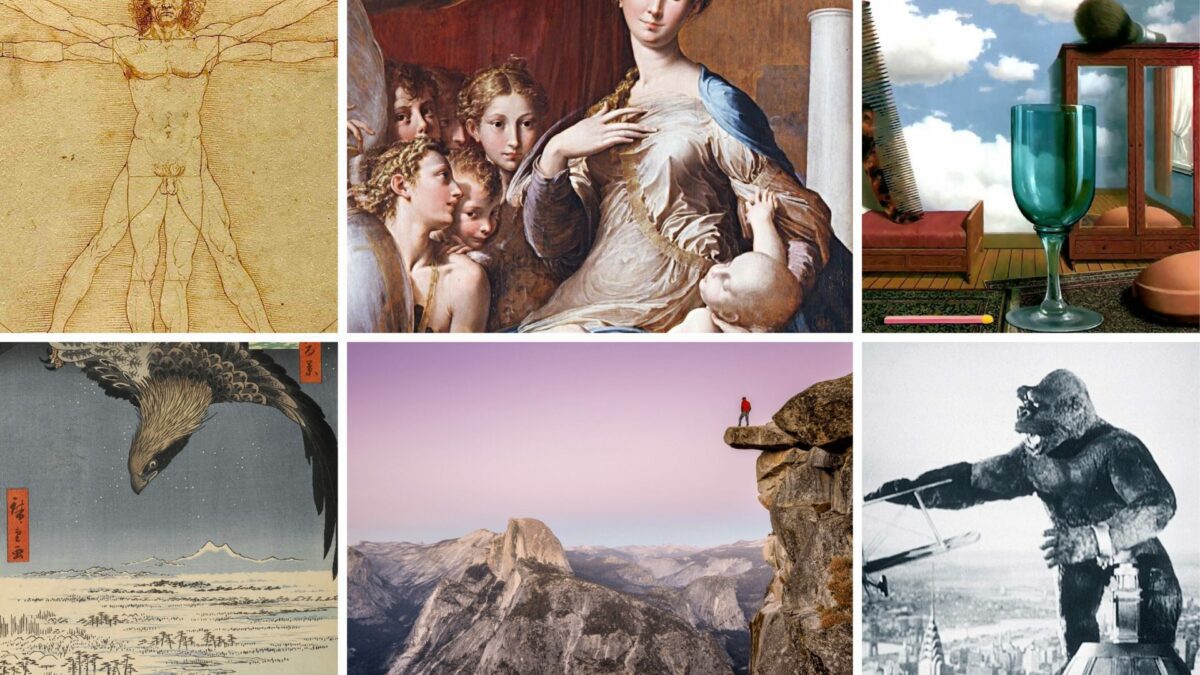Realist Art: Capturing Life With Unflinching Honesty
Exploring realist art: Definition, Artists, and Legacy Realist art is a mirror to everyday life, capturing the ordinary with a truthful, unembellished eye. It’s a genre that shuns the idealized and embraces the authentic, inviting us to see the world through a more grounded lens….
Renaissance Art: A Golden Age of Artistic Innovation
Exploring What Is Renaissance Art: Techniques & Masters Renaissance art marks a cultural rebirth at the heart of Europe that spanned from the 14th to the 17th century. It’s a period famed for revitalizing the classical past and producing a wave of innovative styles and…
Medieval Art: Exploring a Thousand Years of Creativity
Exploring Medieval Art: Symbolism, Architecture & Legacy Medieval art is a window into a world where religion reigned supreme and storytelling was etched in stone, wood, and canvas. It’s an era that spanned a millennium, rich with diverse styles and profound symbolism that we’re still…
Pop Art: The Movement That Shaped Modern Culture
Pop Art is a movement that emerged during the mid-20th century in Britain and the United States. This movement is characterized by its use of popular culture imagery and mass-production techniques, which were previously considered inappropriate for fine art. Pop art aimed to challenge traditional…
Art Nouveau Art Movement: The Flowing, Organic Style That Revolutionized Design
Art Nouveau is a testament to the fluidity and organic forms that revolutionized the creative world at the turn of the 20th century. It’s a style that’s as enchanting as it is distinctive, weaving natural motifs into architecture, art, and design with a grace that…
Art Deco Art Movement: The Elegant & Symmetrical Style of the Roaring Twenties
Understanding art deco: Style, Influence, and Impact Art Deco is a style that screams luxury and glamour, instantly recognizable with its bold geometric patterns and lavish ornamentation. Originating in the roaring twenties, it’s a visual celebration of modernity and elegance that has left a lasting…
What Is Contemporary Art? The Ultimate Guide [With Examples & Artists]
Exploring Contemporary Art: Diversity & Influence Contemporary art is the art of today, produced by artists who are living in the twenty-first century. It’s a dynamic combination of materials, methods, concepts, and subjects that challenge traditional boundaries and defy easy definition. In this article, we’ll…
Art History Timeline: Definitive Guide [With Examples & Artists]
Exploring the Art History Timeline: From Ancient to Contemporary Diving into the vast expanse of art history, we’re exploring a timeline that’s as rich and diverse as the creations it chronicles. An art history timeline isn’t just a chronological list; it’s a map that guides…
What Is Street Art? Definition, History & Famous Artists
Exploring Street Art: Origins, Impact, and Social Influence Street art is a vibrant form of artistic expression that brings life to urban landscapes. It’s a visual conversation between the artist and the public, often laced with social or political undertones. We’ll explore the roots of…
What Is Proportion In Art: Essential Guide [With Examples & Tips]
Exploring Proportion in Art: Balance, Scale, and Storytelling Proportion in art is the harmony of elements that ensures each part of a composition feels just right. It’s the Goldilocks of the visual world, where everything is balanced to perfection. We’ll jump into why proportion is…

